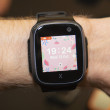Hands-On: Alcatel Hero, OneTouch Alpha, and Idol Mini
Sep 6, 2013, 10:29 AM by Eric M. Zeman
updated Sep 6, 2013, 1:12 PM
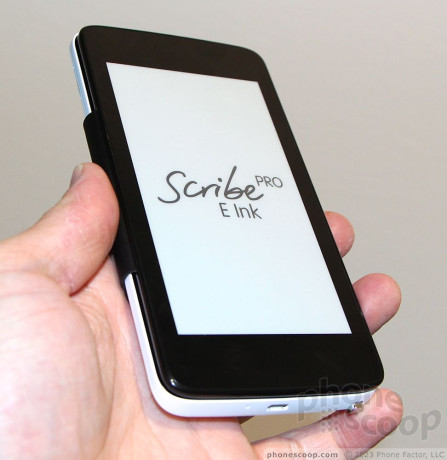
Alcatel introduced two very interesting smartphones at IFA this week. The Hero makes use of a novel e-ink cover, while the Alpha has translucent body panels that light up, and the mini is a cute, little smartphone.
Alcatel makes no bones about it: it is gunning for the Samsung Galaxy Note 3 with its Hero smartphone. The new device, a phablet with a 6-inch display, is as large physically as it is ambitious in terms of marketing and its potential with consumers.
The Hero borders on the same dimensions of Samsung's Galaxy Mega more than the Note 3. It is a gigantic phone, of that there is no doubt. The screen takes up the bulk of the front and there's very little bezel surrounding the screen. It is made of plastic and doesn't necessarily go with a premium look and finish. The plastics are solid, and well-shaped, but stop short of being amazing or even impressive.
The Hero's size makes it hard to grasp comfortably. It is very wide, but thankfully Alcatel kept the weight down. It is slim, but I've seen slimmer. You might be able to fit it into a pocket, but only a big one.
The full HD screen looks really, really good. It's much better than the Mega's display, but perhaps not quite as impressive as the Note 3's display. The 6-inch screen offers 1920 x 1080 pixels and is bright and colorful. There are three capacitive buttons below the screen that are hard to see and find.
There is a small, thin hatch on either side of the device covering ports. The microSD card goes in the left port, and the SIM card goes in the right port. The hatches have a low profile. The screen lock button and volume toggle are both on the right. They have a decent profile, but I was not impressed with travel and feedback. The headphone port is on the top and both the microUSB and stylus are found on the bottom.
The Hero runs Android 4.2 out of the box and has Alcatel's user interface skin on it. It operates the same as most other Android devices, but looks somewhat different thanks to the color palette and changed icons.
The device itself is nice, no doubt, but is joining a crowded field of phablets. Alcatel decided to do something to make the Hero stand out, and that is why it developed an entire range of accessories that include some interesting optional covers. The back of the device has a series of exposed contacts. These contacts are magnetized and can be used to transfer power and data to the covers and other accessories.
First, there's a normal cover that protects the screen. It attaches to the back of the device via magnets and holds onto the Hero firmly. All it does is protect the screen. Second, there's a capacitive charging cover. It attaches to the Hero in the same manner, but can be used with a charger to charge the device wirelessly.
Then there's the LED cover. It looks exactly like the others, but has 81 LEDs embedded in the cover near the top. You can't see them unless they are lit up. The magnets that form the latch on the back of the cover are also contacts, which makes the cover a smart one. It uses the LEDs to display different things on the cover, such as an incoming calls, text messages, emails and so on. It doesn't show you the text, mind you, just a generic icon that there's an unread message waiting. The LED lights up when the device is being charged, shows the time and/or date, and can also be set to show a graphic equalizer when playing some tunes. It's pretty neat.
Last, and most importantly, there's the e-ink cover. According to the man behind the idea, Alcatel's Dan Dery, the company wanted to make something that really stands out and the e-ink cover is it. It is a thick cover that has a five-inch screen. The e-ink cover attaches to the Hero just the same as the others. It can be used in a very limited fashion, and Dery was sure to call it a prototype that may not come to market. It can be used for reading books. This is the primary focus, to replace dedicated e-readers such as the Nook or Kindle. It draws power from the Hero itself, but very little power thanks to the e-ink technology. It is not a touch screen. Owners of the Hero need to scroll through text with the volume toggle. When not being used for reading, the e-ink cover cycles through several different wallpapers, including a calendar, some artwork, and so on. It doesn't offer alerts or anything like that. It's an interesting concept that reminds us of the Russian company that stuck an e-reader on the back of one of its smartphones for a similar reason.
At the moment, there are no price points or availability information for any of these products. Alcatel said it hoped to have the phone, which was very much a prototype, ready before the end of the year.
Comments
Dig it.
I don't know exactly how do e ink displays work, but this accessory has caught my attention: I wonder if it could be possible to improve this technology and do something more fancy out of it. ...
(continues)


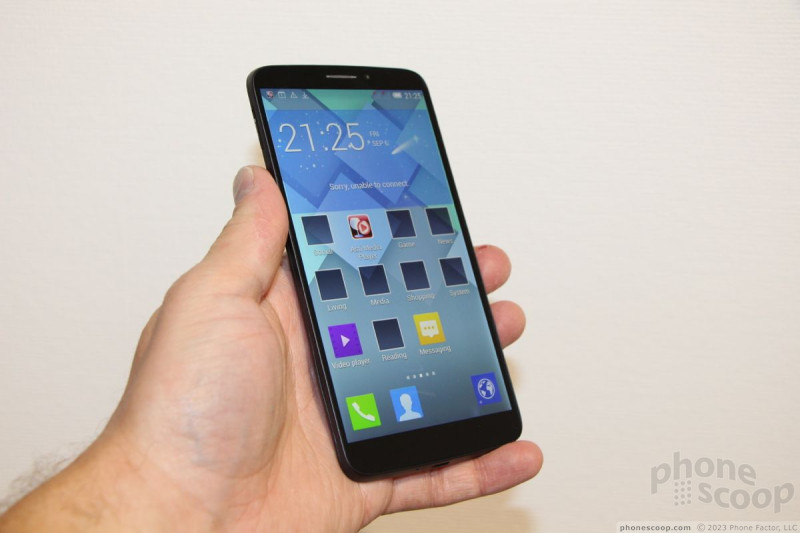











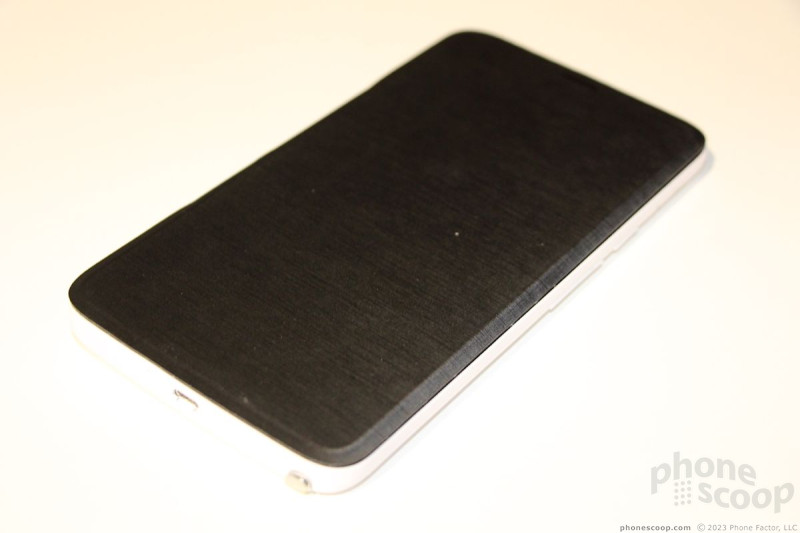







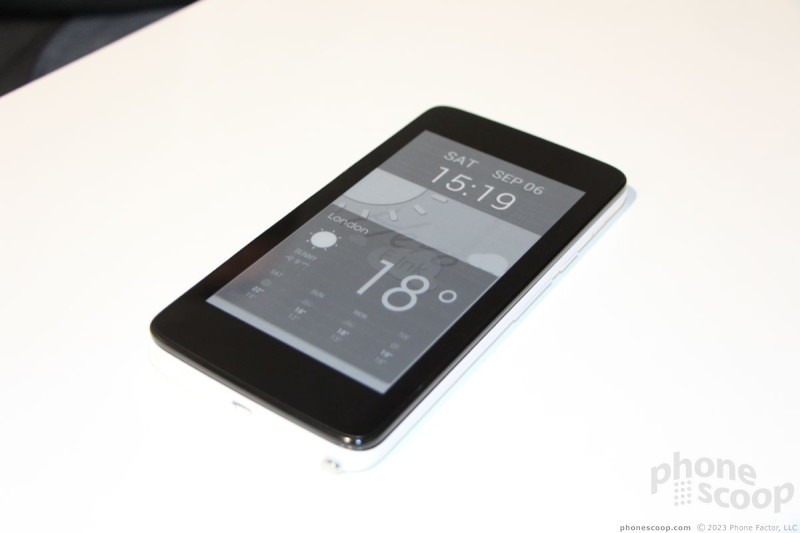










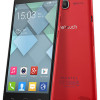 Alcatel Spills Details On the Idol S and Idol Mini
Alcatel Spills Details On the Idol S and Idol Mini
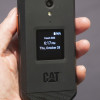 Hands On with the CAT S22 Flip
Hands On with the CAT S22 Flip
 Samsung Refreshes Galaxy S Series with S Pen, New Cameras
Samsung Refreshes Galaxy S Series with S Pen, New Cameras
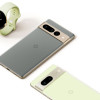 Google Teases Pixel 7 Series, Pixel Watch
Google Teases Pixel 7 Series, Pixel Watch
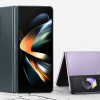 Samsung Refines its Foldable Phones
Samsung Refines its Foldable Phones

